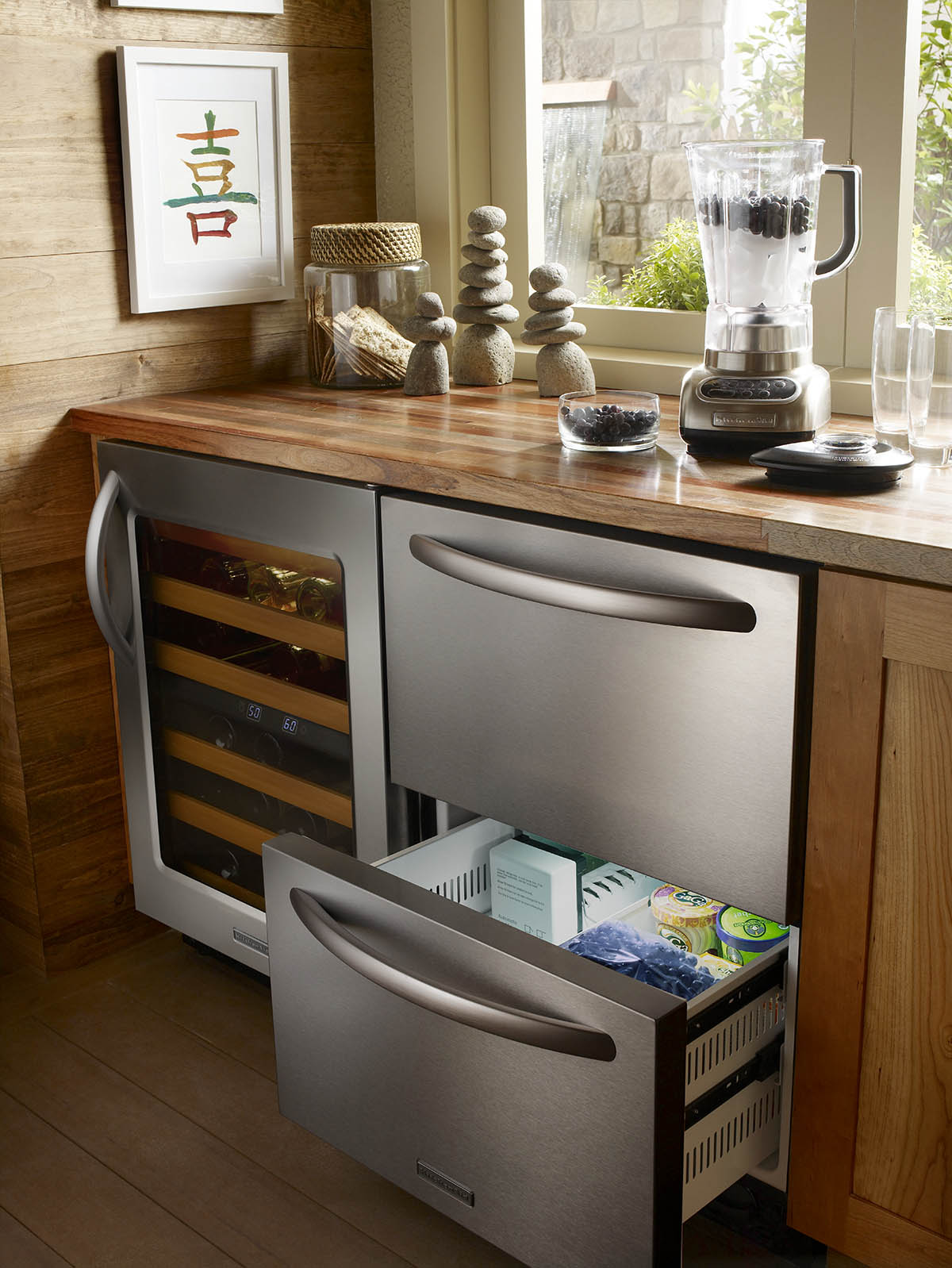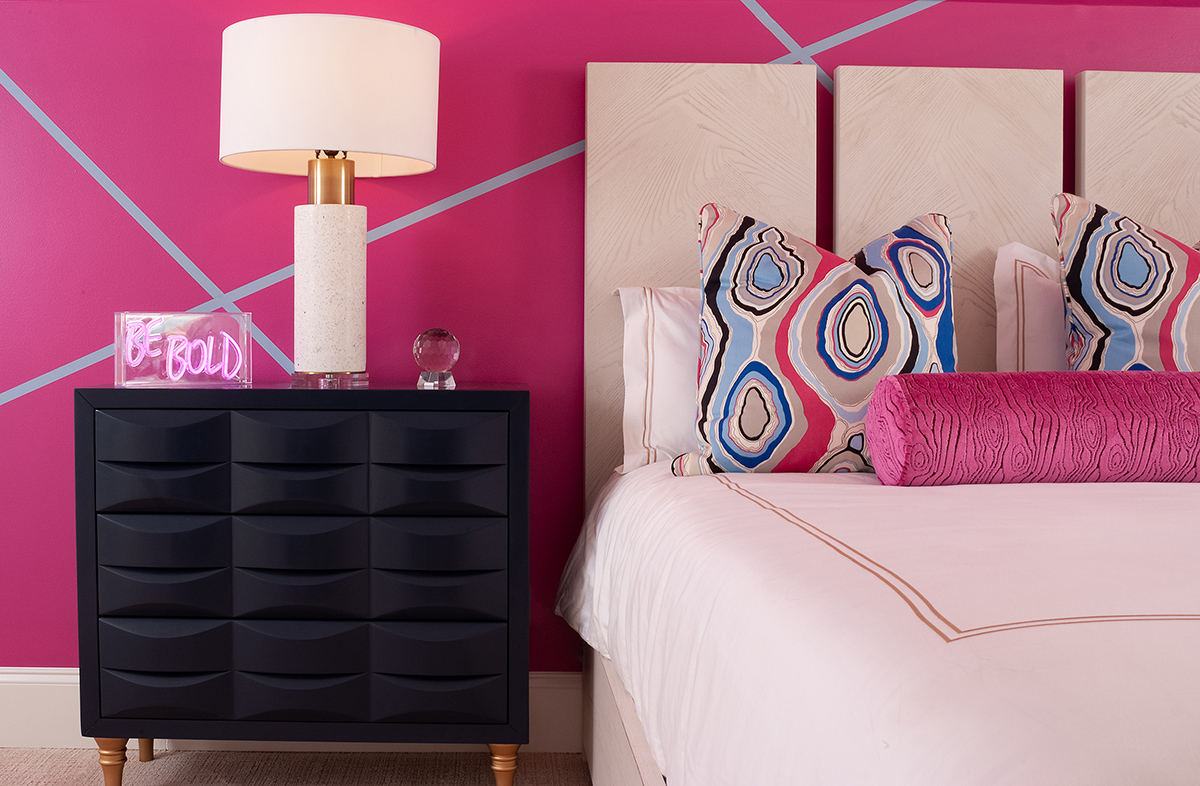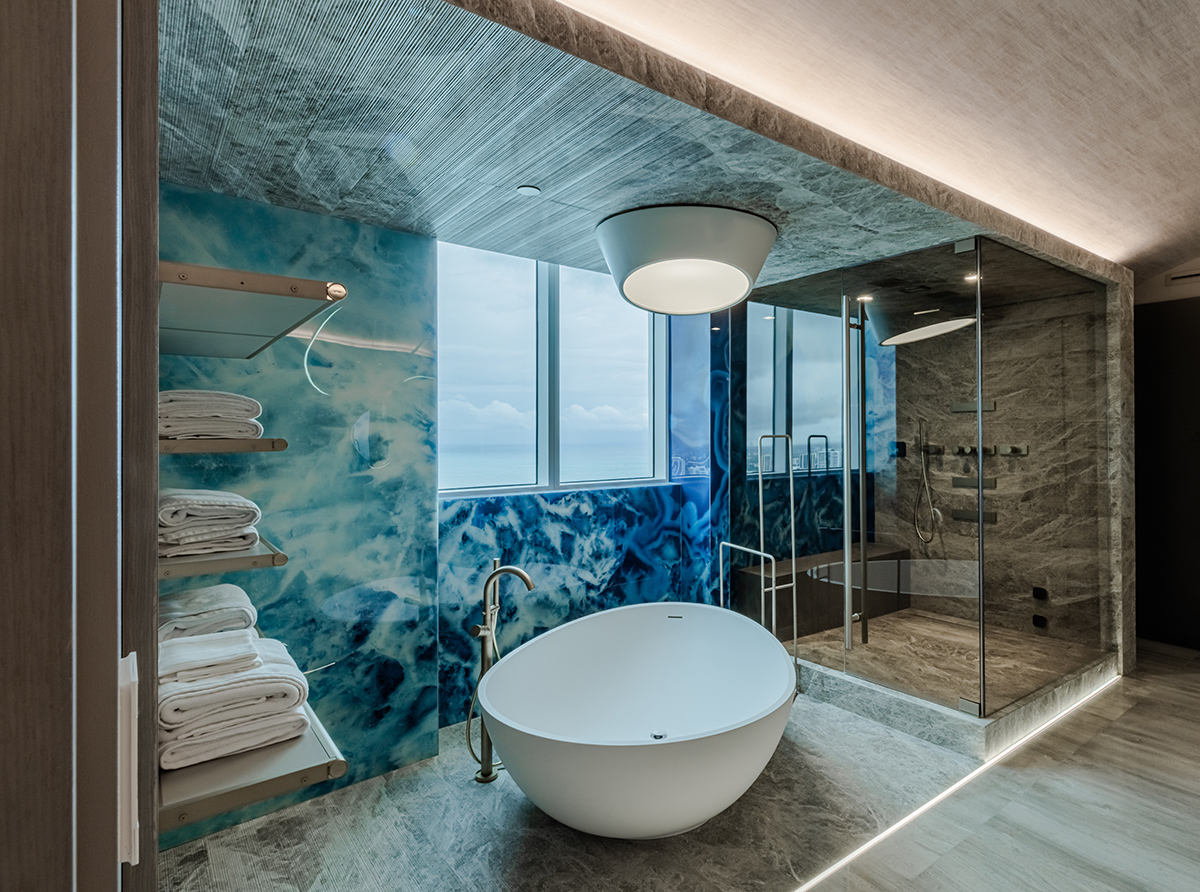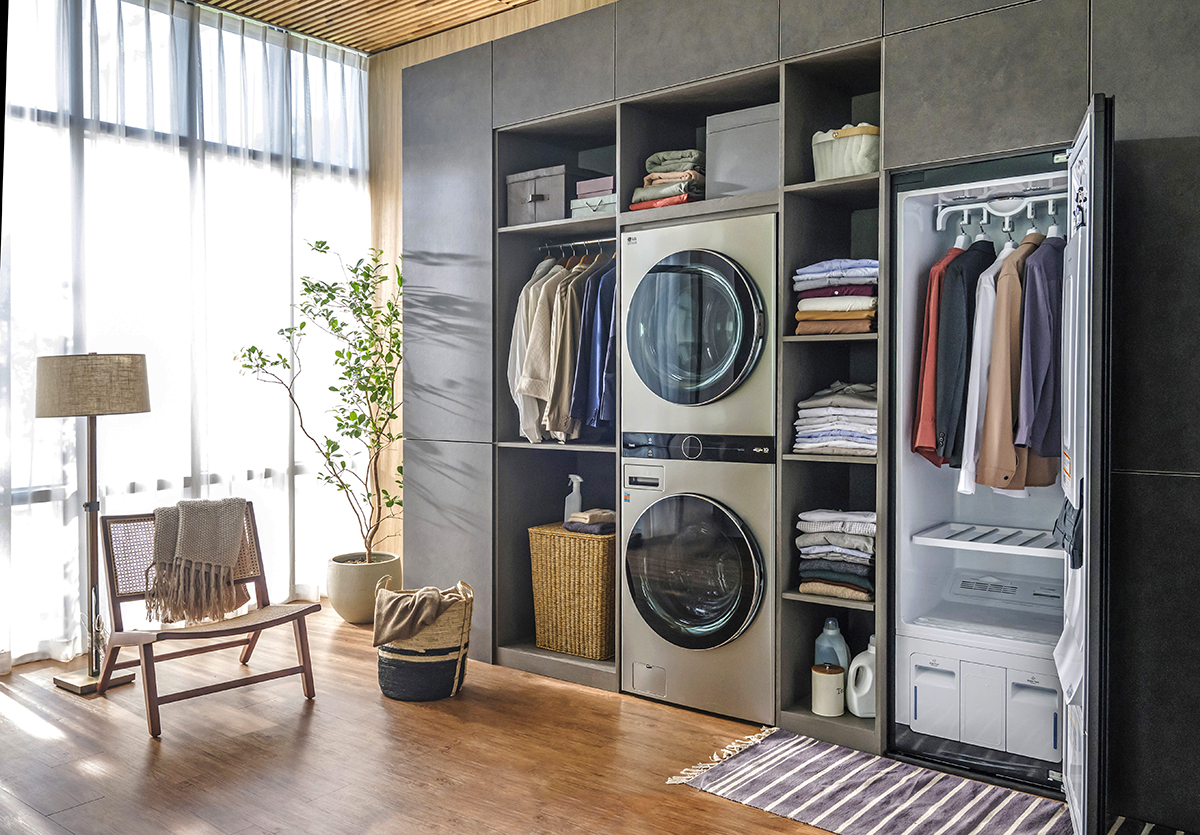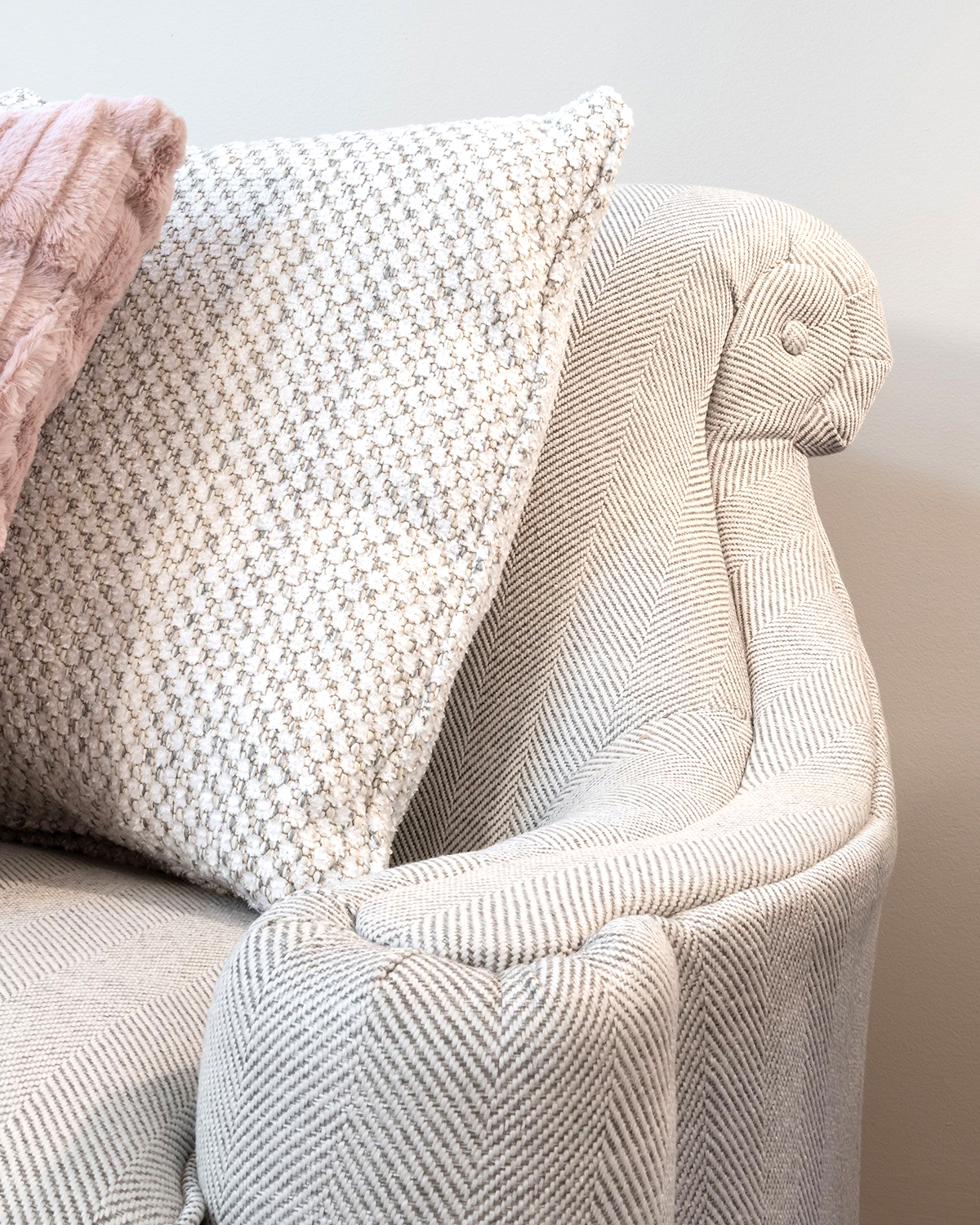WRITER | MARY ROSE KULCZAK
PHOTO | DES ROSIERS ARCHITECTS, THOMAS SEBOLD AND ASSOCIATES, JIM HAEFNER
Incorporating Salvaged Finds in Home Design
Saving history from the wrecking ball has long been the objective of preservationists around the country. And now, thanks to salvage companies and dealers who work with architectural artifacts, homeowners with this same passion are finding new ways to incorporate these pieces of the past into their modern homes.
For Alex Begin, saving a piece of history was not solely for posterity’s sake. It was personal. Begin spent several decades on a mission to acquire the vintage elevators from Hudson’s Downtown Detroit department store with the goal of giving them new life one day.
“My family used to go to Hudson’s Downtown often, from my earliest memories at the age of three in the mid-1960s,” he said. “The store’s 57 elevators, all manually controlled by operators who were also store ambassadors, were an integral part of the experience in a building as tall as Hudson’s was.”
Begin can recall the sights and sounds of these elevators vividly. “The elevators were art objects, reflective of the era in which they were built – the 1920s. They made loud, distinctive sounds as their pneumatically powered doors opened and closed, sounds you would hear in the distance no matter where you were standing in the building.”
When the store closed in 1983, Begin set out on a mission to preserve a piece of Detroit history. Over the years, he contacted multiple building owners to inquire about the elevators. “All of them told me it was a ridiculous idea because modern building codes would never allow such antique equipment to be reinstalled,” he said.
In 1995, just before the building was scheduled for demolition, the owners told him they were willing to sell. Begin acquired two of the elevators, an older model and a more modern 1950s model. “An elevator contractor carefully disassembled them and placed them in a storage facility, where they sat until my wife, Diane, convinced me to build a house around one of them.”
Something Old, Something New
After purchasing a lakefront lot in 2014, the Begins assembled a team of experts to implement the vision. They spoke with Louis DesRosiers, president of DesRosiers Architects of Bloomfield Hills, to develop a design that would incorporate this vintage piece in a modern home. In addition, the Detroit Elevator Company brought the mechanics up to code, and Vogue furniture worked on restoration of the wood paneling and brass fixtures. Thomas Sebold and Associates oversaw the building and construction.
“The creative design solution was to feature the Hudson’s elevator as a museum piece of art, something very special, nostalgic and original,” said Louis DesRosiers. “We were planning on having an elevator originally, so it seemed like a natural fit.”
Construction began in February 2017, with completion in December 2019. “Our aesthetic goal was to locate the large, walnut veneered elevator façade just off the main entrance in the spacious hallway, across from the dining area,” DesRosiers said. “The overall concept was to allow owners and visitors entering or exiting the elevator to enjoy the expansive view of the lake beyond.”
Clients often ask to have repurposed items incorporated into their home designs, DesRosiers said. These nostalgic artifacts could be antique sculptures, motorcycles, or even automobiles. “The Begin Hudson elevator installation is a perfect example of a creative design solution for a nostalgic part of history which will be preserved and utilized for many years to come,” he noted.
Repurposing for a Cause
Salvaged items can bring a creative element to a home while also keeping usable materials out of landfills. Conscientious contractors often save items from remodels, which are then donated to charities that will find new homes for the cabinetry, appliances, building supplies, furniture, and more.
Habitat for Humanity specializes in repurposing for a cause. ReStore locations are open to families, businesses, remodelers, and treasure hunters looking for bargains while also being environmentally responsible. The sale of donations then helps Habitat teams build homes for low-income families.
“All of our materials are resold back to the public,” said Kyle Thornhill, ReStore director for Habitat for Humanity of Huron Valley. “We then use all of our proceeds to fund our homebuilding efforts.”
This sustainable practice benefits construction companies as well as homeowners who want to save money and reduce waste.
“Salvaging and repurposing are important because we witness so many items that come to our store every single day,” Thornhill said. “We then see how quickly these items find new homes. Being able to donate items to a place like the Habitat ReStore is a win-win for those looking to downsize and for those looking for something new.”
Repurposing for Preservation or Principle
Salvaged items aren’t just for donation. Many homeowners choose to repurpose or reuse items rescued from their homes in their updates. For example, the owner of a Craftsman-style home who is updating their kitchen may choose to reuse or restore the gorgeous built-in pieces in the home rather than buying and placing a new furniture piece. It isn’t about the cost savings – in some cases, it is actually more expensive – it’s about saving materials from landfills and preserving the integrity of the home.



